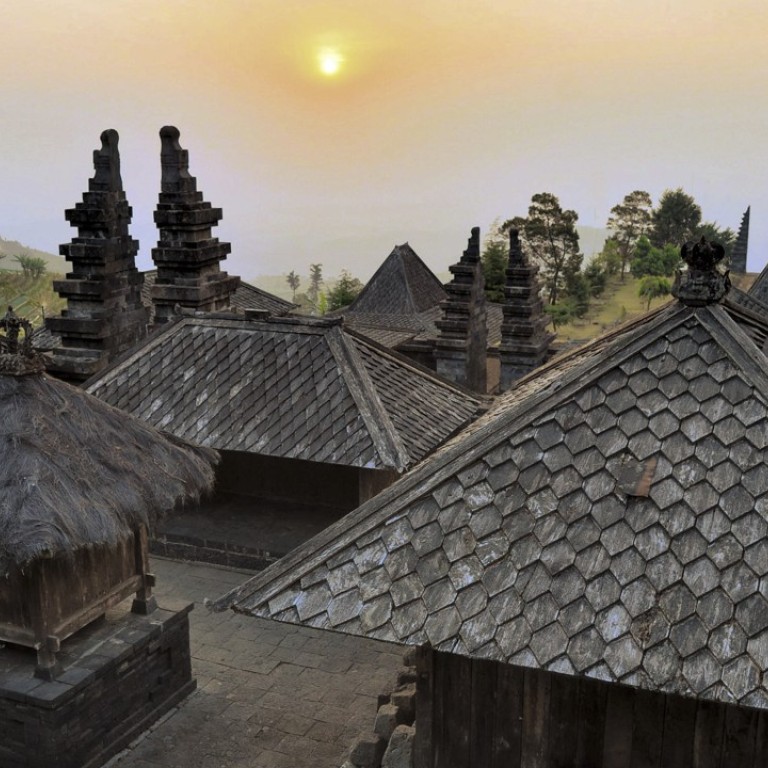
Five secret Indonesian destinations that will amaze even the seasoned traveller
The ‘Amazon of the ocean’, the Kei Islands’ pristine beaches, orangutans in Borneo, mysterious Sumba and culture hub Solo – Indonesia still has plenty to offer if you’re avoiding Bali holiday now Mount Agung is threatening to erupt
Cancelling your Bali holiday now that Mount Agung is threatening to erupt? Indonesia, spanning four time zones and with more than 18,000 islands, has plenty more treasures to offer adventure seekers.
Visiting every island would be virtually impossible, so we asked two of the country’s best known travellers and social media personalities, Alexander Thian and Adelia Suryani from Travass Life, to help us create a shortlist. Here are five of Indonesia’s best-kept travel secrets.
1. Kei Islands
Tucked away in the east of Maluku, Indonesia’s famed spice region, the islands, also known as the Kai Islands, are renowned for their pristine, untouched beaches.
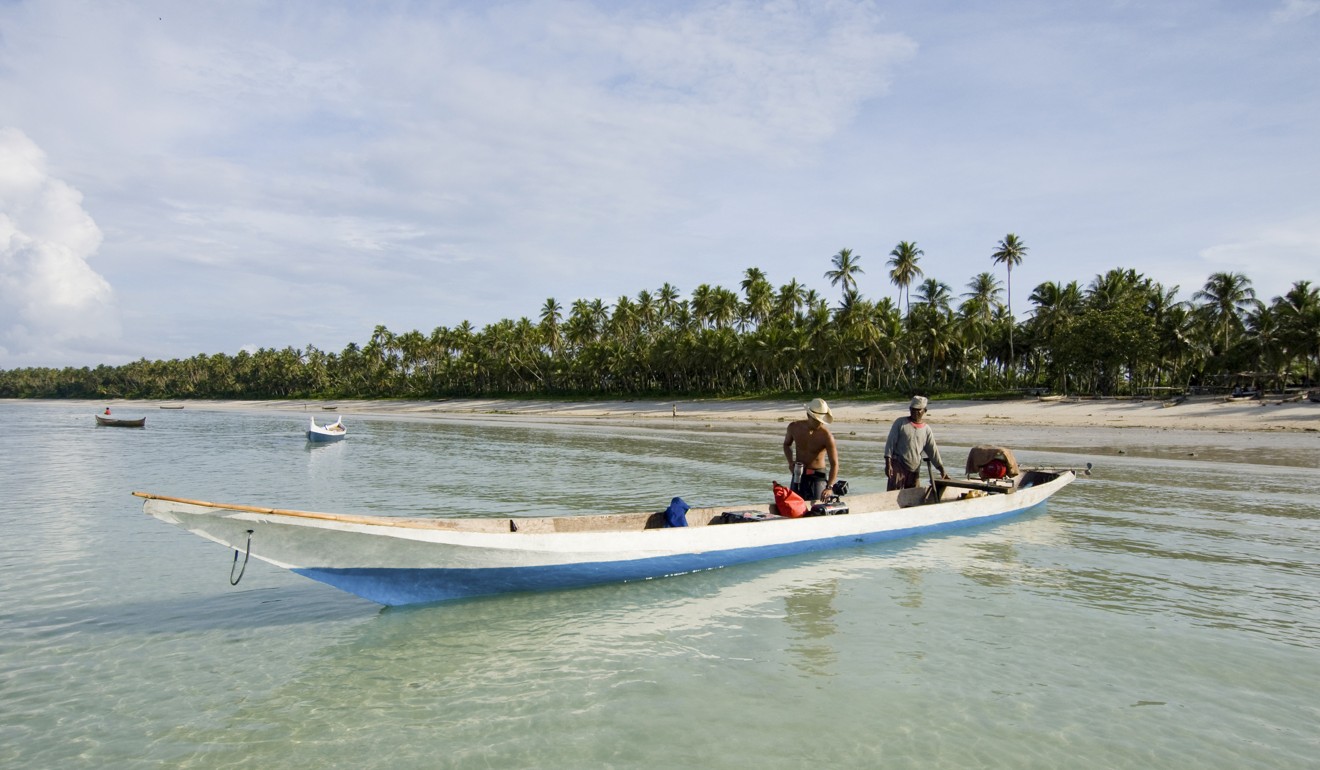
The crème de la crème is Ngurbloat beach, also known as Pantai Pasir Panjang, or “long beach”. Ngurbloat’s white sandy shore stretches for more than 5km – so soft and powdery it feels like flour under the feet. The water is crystal clear, the waves are calm, and the coastline is framed by thousands of coconut trees.
If you want a bit of festivity, head over to Ngurtavur beach to watch squadrons of pelicans patrolling the sky and skimming the shorelines.
Is it still safe to go to Bali? Tour groups reassure Hongkongers as volcano eruption ‘imminent’
How to get there: The main island hub, Kei Ketjil, is accessible by both air and sea – the latter being tricky. Take a flight for a transit in Ambon, and then from there fly to Kei Ketjil’s Karel Sadsuitubun airport. There are three direct flights daily from Ambon via Garuda Airlines, Trigana Air, and Wings Air/Lion Air.
Where to stay: Three-star hotels can be found on Kei’s key islands: Kei Ketjil and Kei Besar, with rates starting at 400,000 rupiah (US$30). Most lodgings in the Kei islands also offer a demi-pension.
Best time to visit: Plan your trip during the Meti Kei festival – from October 22 -23 this year. It’s a special time of the year when Kei’s seawater recedes up to 6km, and you can drift from island to island by foot instead of using a boat.
Indonesia’s Maluku Islands, for a real get-away-from-it-all holiday
Pro tip:
Adelia: “The best way to explore the inland Kei is by motorbike, so make sure to rent a motorbike once you’re there.”
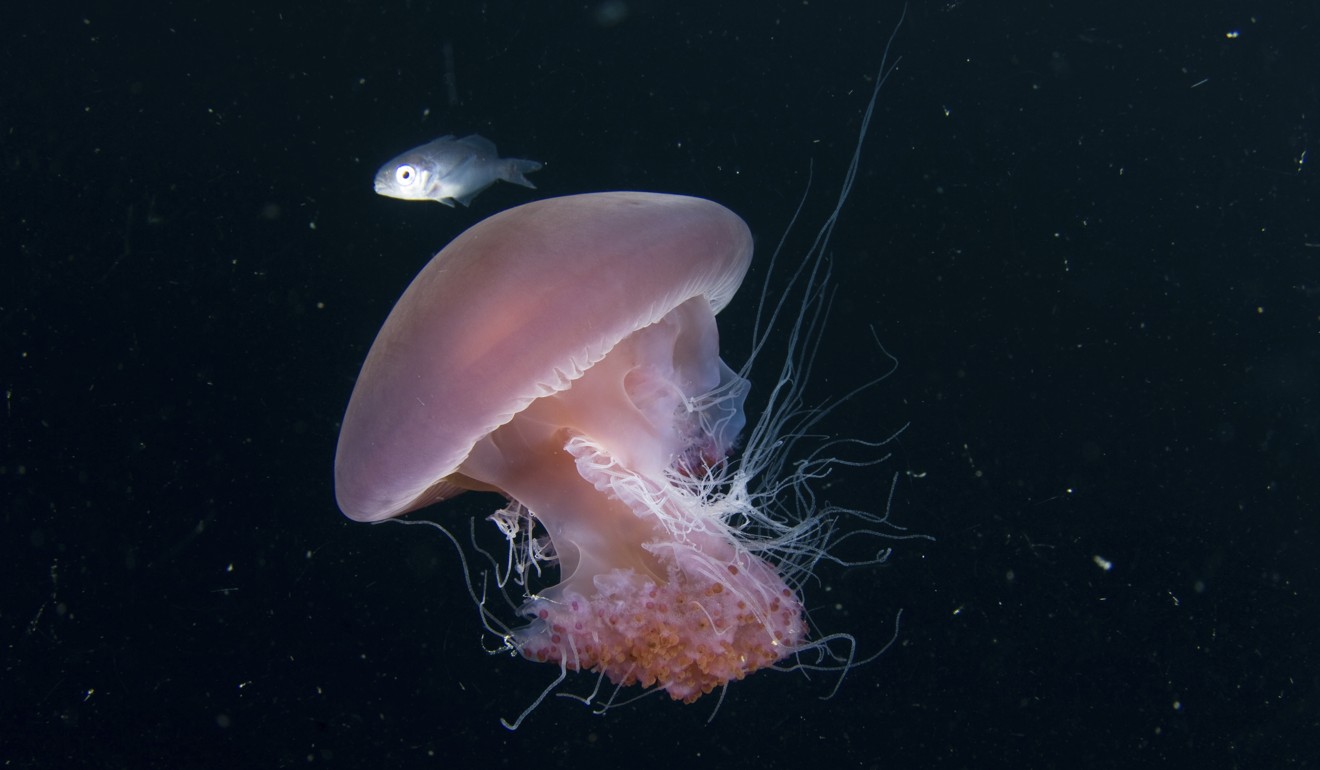
2. Tanjung Puting
Deep in the heart of Indonesian Borneo is Tanjung Puting national park, is one of the few places on Earth where you can see orangutans in their natural habitat. It’s a 400,000 hectare conservation area where you can cruise down a winding river on a boat, taking in the sights of monkeys jumping from tree to tree.
Threat of volcanic eruption triggers evacuation of nearly 50,000 on holiday island of Bali
Camp Leakey serves as a rehabilitation centre and research station for Orangutan Foundation International, and a base for scientists, staff, students and park rangers.
When visiting the camp, you will be able to see orangutans up close and learn about the conservation efforts for this endangered species. The daily feeding time is at 2pm.
How to get there: There are daily flights from Jakarta to Central Kalimantan’s Pangkalan Bun Iskandar airport. From there, take a boat down the Sekonyer River and start your journey into the jungle.
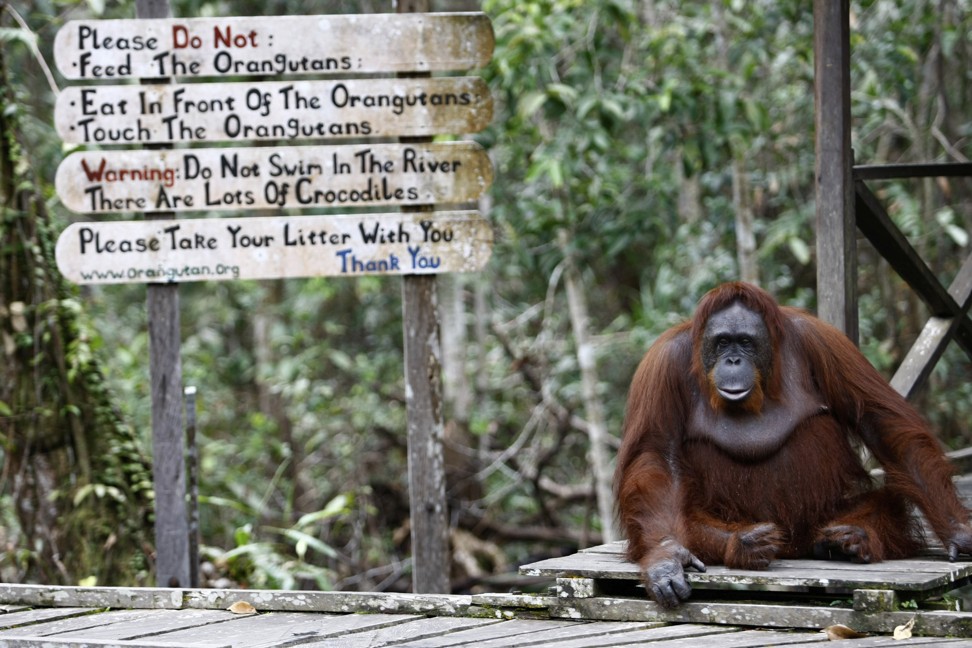
Where to stay: There are a number of eco-lodges such as the Rimba Eco Lodge, Yayorin Lodge or Flora Homestay. The best way to experience Tanjung Puting is to charter a full-board Klotok boat. Dinner will be served on the deck under the stars and surrounded by thousands of fireflies.
Best time to visit: June through September is the dry season in Borneo, when more orangutans can be seen at the park’s feeding station.
Pro tip:
Alex: “Make sure to bring mosquito repellent when going to Tanjung Puting. The tropical jungle and mosquitoes are a perfect match. Do not be rude to the orangutans and don’t even attempt to feed the monkeys on your own in the jungle. If you’re staying on a Klotok boat, climb to the top of the boat at night and you can watch a billion stars above you.”
3. Sumba
One of Indonesia’s most mysterious regions, this East Nusa Tenggara island offers a window into an ancient civilisation. Tribal villages still hold on to their ancestors’ beliefs, with headhunting rites still being practised in some parts. It is not uncommon to see “skull trees” along with severed skulls on display at the centre of villages.
Hire a guide to make sure you’re well-informed about local rites and traditions. For example, it’s usual to first meet the village’s elders and offer gifts such as betel nuts or clove cigarettes before you set out and explore.
The next Bali: can Sumba in Indonesia marry tourism with tradition?
In the villages, perched on hilltops, you will see dozens of uma – the Sumbanese traditional clan houses – built around ancestors’ tombs.
Plan for at least a week in Sumba, as there is much to explore. All the beaches are beautiful, especially Bawana, Walakiri, and Tarimbang. Sumba is also home to some of the most breathtaking waterfalls in Indonesia, namely the Lapopu waterfall, Tanggedu, Waimarang, and Laindamuki.
How to get there: Fly to Tambolaka airport from Bali. Lion Air and Garuda fly daily.
Best time to visit: Sumba’s driest season falls between April and July, so it’s the best time to explore. However, Sumba’s unique traditional rite, the Pasola, happens every year between February and March. During Pasola, hundreds of spear-wielding horsemen charge against one another in a bid to ensure a successful harvest.
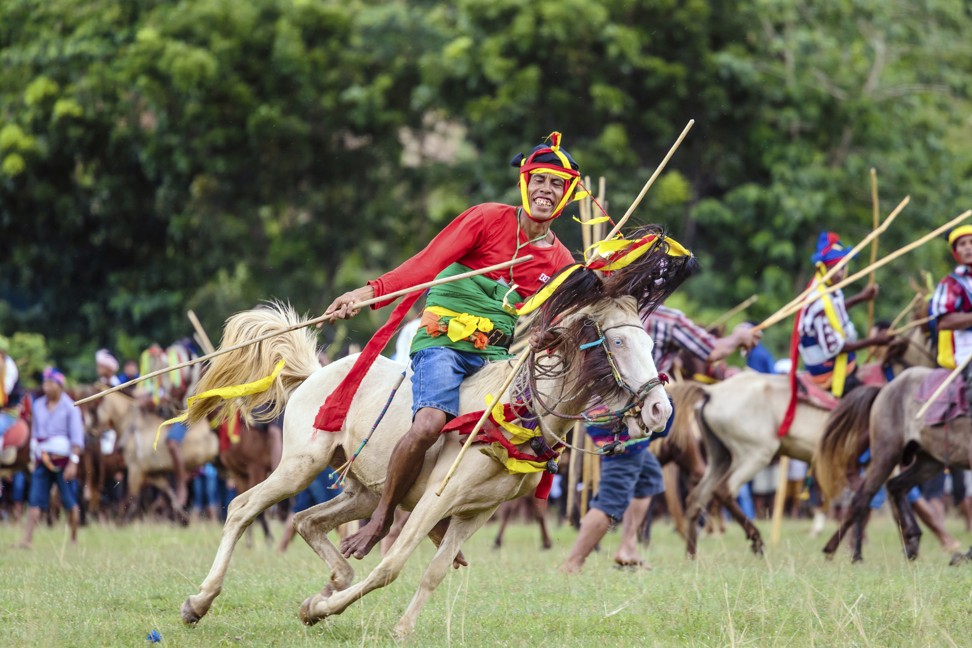
Pro tip:
Adelia: “Wairinding hill and Bawana beach are the two best spots to watch the sunset in Sumba.”
Alex: “The best way to explore Sumba is to rent a car with a driver. You can start your journey from Sumba Barat, and make your way to Sumba Timur. If you need some local arrangements, contact @mujisrv on Instagram and you can start planning your trip.”
4. Solo
There are two historical dynasties in Central Java: the Sultanate of Yogyakarta and the Sultanate of Surakarta (also known as Solo). Most tourists make a beeline to bustling Yogyakarta, and quaint Solo often gets overlooked.
Solo is home to two beautiful royal palaces (Pura Mangkunegaran and Kasunanan Palace), a number of ancient temples (Candi Sukuh and Candi Cetho), and the biggest batik market in Java (Klewer market). The town’s vibrant art and culture scene also draws many students and scholars to learn about Javanese traditional music and dance, as well as traditional crafts such as batik, kris (a Javanese dagger) and leather puppets.
When in Solo, make sure to indulge yourself in culinary adventures. Try nasi liwet, rice cooked with coconut and chicken broth served with a bit of everything – a staple in Solo.
Obama visits temples during Indonesia holiday with wife, children ... and 650 soldiers
How to get there: Visitors can fly in from any big city in Indonesia, and there’s even a direct international connection from Kuala Lumpur.
Where to stay: There are plenty of great accommodation in Solo but it only has one five-star hotel, the Alila Solo.
Best time to visit: Solo is famous for its cultural festivals and parades. Check the town’s festival calendar before you plan your trip. One of our favourites was Grebeg Sudiro, held around the Lunar New Year. It’s a carnival-like event meant to celebrate the cultural heritage and assimilations of the Chinese and Javanese community in Solo.
Pro tip:
Alex: “There’s no bad food in Solo. Try the garang asem!”
5. Raja Ampat
Nicknamed “the Amazon of the ocean”, Raja Ampat West Papua province is a scuba divers’ paradise. It has 1,000 islands – mostly uninhabited – and a haven to at least 75 per cent of all the world’s coral species. Its waters are also home to more than 1,000 tropical fish species.
This place is also fantastic for bird watching. Most birders go here to spot the birds of paradise, but more than 250 species of exotic birds have been recorded in Raja Ampat.
Go island-hopping to Waigeo, Wajag, Kri, Sawandarek or Misool. Find hidden lagoons, mysterious caves, and trek your way up Pianemo island to the Raja Ampat vantage point. Don’t forget to visit Arborek village, where friendly children will welcome you with traditional dance, and you can swim with thousands of fish.
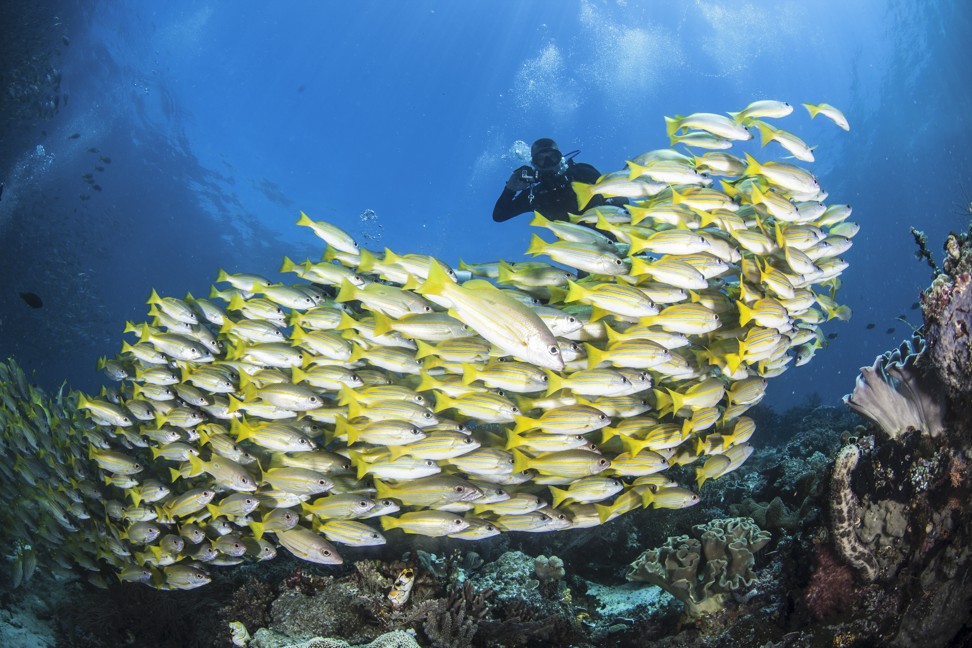
How to get there: You have to work to reach Raja Ampat. First, take a four-hour flight from Jakarta to Sorong. Then hail a taxi to take you to the ferry harbour. A ferry will take you to Waisai, on the island of Waigeo. The journey to Waisai from Sorong will take roughly two hours.
In Waisai, you will be taken to your booked accommodation via taxi boat. Make sure you arrange the transfer with your hotel or homestay.
Where to stay: Kri island seems to be a favourite, with a few homestays to choose from. If you’re staying at Yenkoranu Homestay, you’ll be sleeping so close to the reef you can see baby sharks swimming around.
From volcanic eruptions and earthquakes to hurricanes and tsunami, these handy apps will give you the information you need, wherever you are
Best time to visit: Raja Ampat is a year-round destination, but the seas between July and September can be rough, so if you’re planning to spend your days under water, take this into consideration.
Pro tip:
Adelia: “Travel with a group of friends, as chartering a speed boat in Raja Ampat can be very costly. If you’re planning on to do some snorkelling, bring your own gear as the rentals are also expensive.”
Alex: “When in Raja Ampat, do yourself a favour and get some lobsters. They’re incredibly cheap.”
